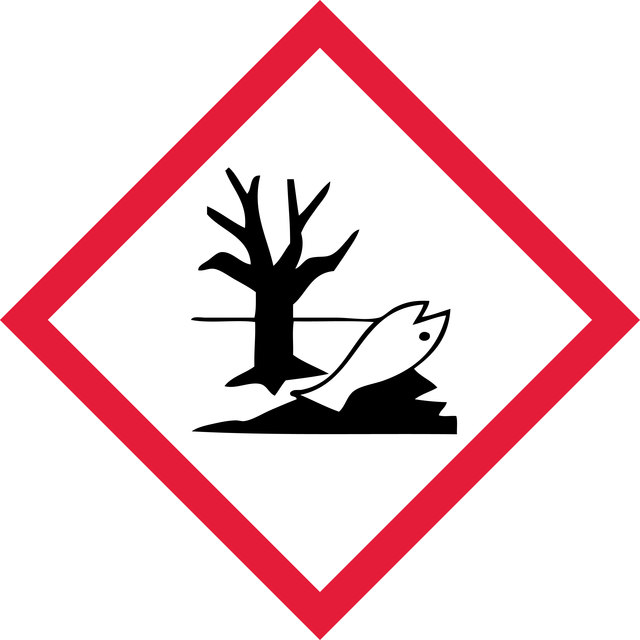Sign In to View Organizational & Contract Pricing
Select a Size
About This Item
UNSPSC Code:
12352106
NACRES:
NA.32
Application
Bicinchoninic Acid Kit has been used for the protein estimation in salivary proteome samples, human embryonic kidney 293 cells and luteal cells.
Biochem/physiol Actions
Proteins reduce alkaline Cu(II) to Cu(I) in a concentration-dependent manner. Bicinchoninic acid is a highly specific chromogenic reagent for Cu(I), forming a purple complex with an absorbance maximum at 562 nm. The absorbance is directly proportional to protein concentration. This is an alternative to the Folin-Ciocalteu reagent for protein determination.
Features and Benefits
- Simple, sensitive colorimetric assay for proteins
- Two stable reagents are used for the working solution
- Faster and easier than the Lowry protein assay
- Compatible with many detergents both ionic and nonionic
- Less variation between different proteins than the Bradford dye-binding assay
- Adaptable for use in microwell plates
Kit Components Only
Product No.
Description
- Bicinchoninic Acid Solution 1 L
- 4%(w/v) CuSO4 · 5H2O Solution 25 mL
- Protein Standard Solution 5 x 1
Signal Word
Danger
Hazard Statements
Precautionary Statements
Hazard Classifications
Aquatic Acute 1 - Aquatic Chronic 1 - Eye Dam. 1 - Met. Corr. 1
Storage Class Code
8A - Combustible corrosive hazardous materials
Flash Point(F)
Not applicable
Flash Point(C)
Not applicable
Personal Protective Equipment
dust mask type N95 (US), Eyeshields, Gloves
Regulatory Information
含少量动物源组分生物产品
This item has
Choose from one of the most recent versions:
Already Own This Product?
Find documentation for the products that you have recently purchased in the Document Library.
TGFB1 modulates in vitro secretory activity and viability of equine luteal cells
Galvao A, et al.
Cytokine, 110, 316-327 (2018)
D Jantas et al.
Neurotoxicity research, 25(2), 208-225 (2013-10-10)
Tianeptine (Tian) possesses neuroprotective potential, however, little is known about the effect of this drug in models of neuronal apoptosis. In the present study, we aimed (1) to compare the neuroprotective capacities of some antidepressants (ADs) in the models of
Salivary proteome patterns of individuals exposed to High Altitude
Jain S, et al.
Archives of Oral Biology, 96, 104-112 (2018)
Human OATP1B1 (SLCO1B1) transports sulfated bile acids and bile salts with particular efficiency
Toth B, et al.
Toxicology in vitro, 52, 189-194 (2018)
Elevated serum sCD23 and sCD30 up to two decades prior to diagnosis associated with increased risk of non-Hodgkin lymphoma.
M P Purdue et al.
Leukemia, 29(6), 1429-1431 (2015-01-09)
Articles
BCA protein assay or Smith assay to determine protein concentration in a sample using Spectroquant® Prove photometers.
Related Content
Products for traditional and alternative protein quantitation techniques available, including BCA, Bradford, Lowry, and more.
Our team of scientists has experience in all areas of research including Life Science, Material Science, Chemical Synthesis, Chromatography, Analytical and many others.
Contact Technical Service
